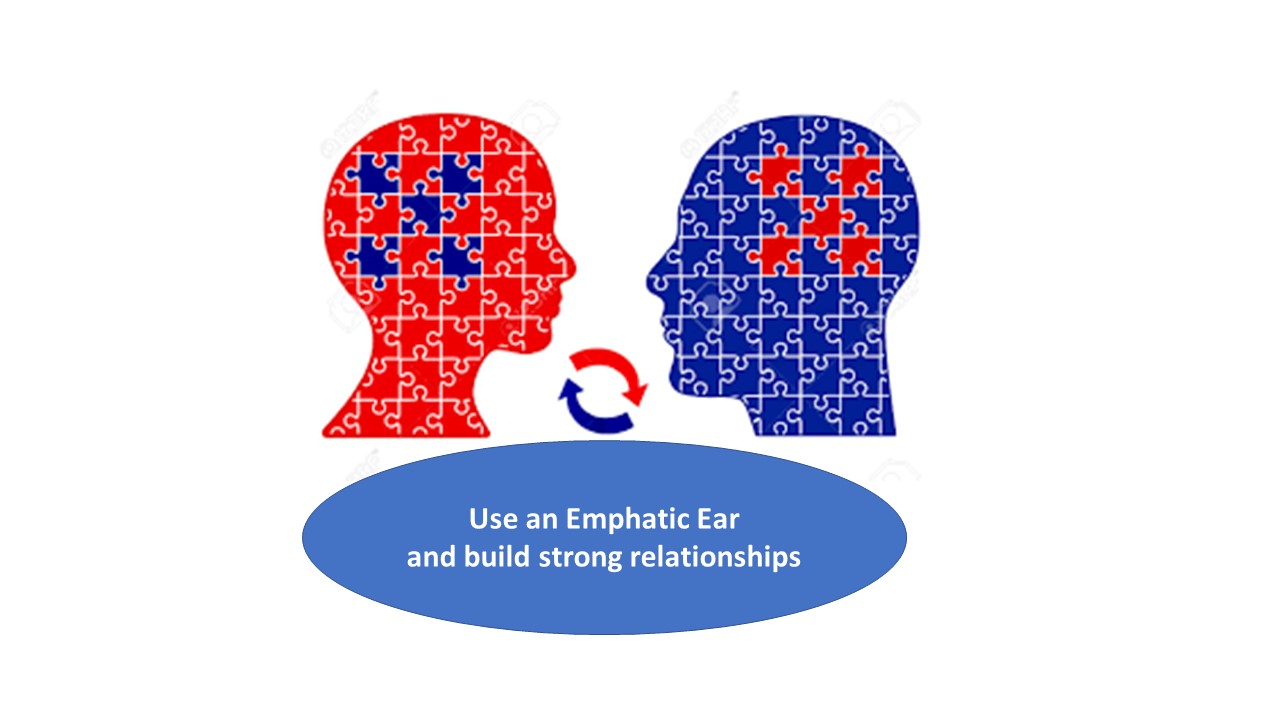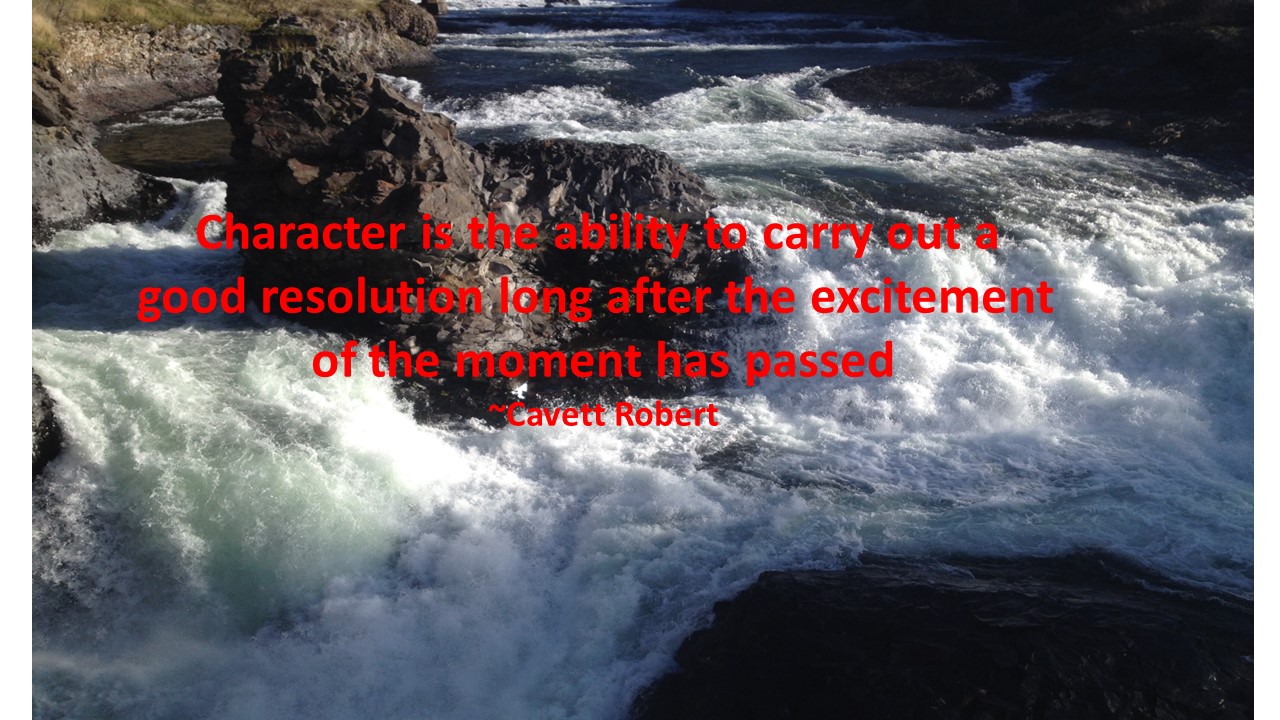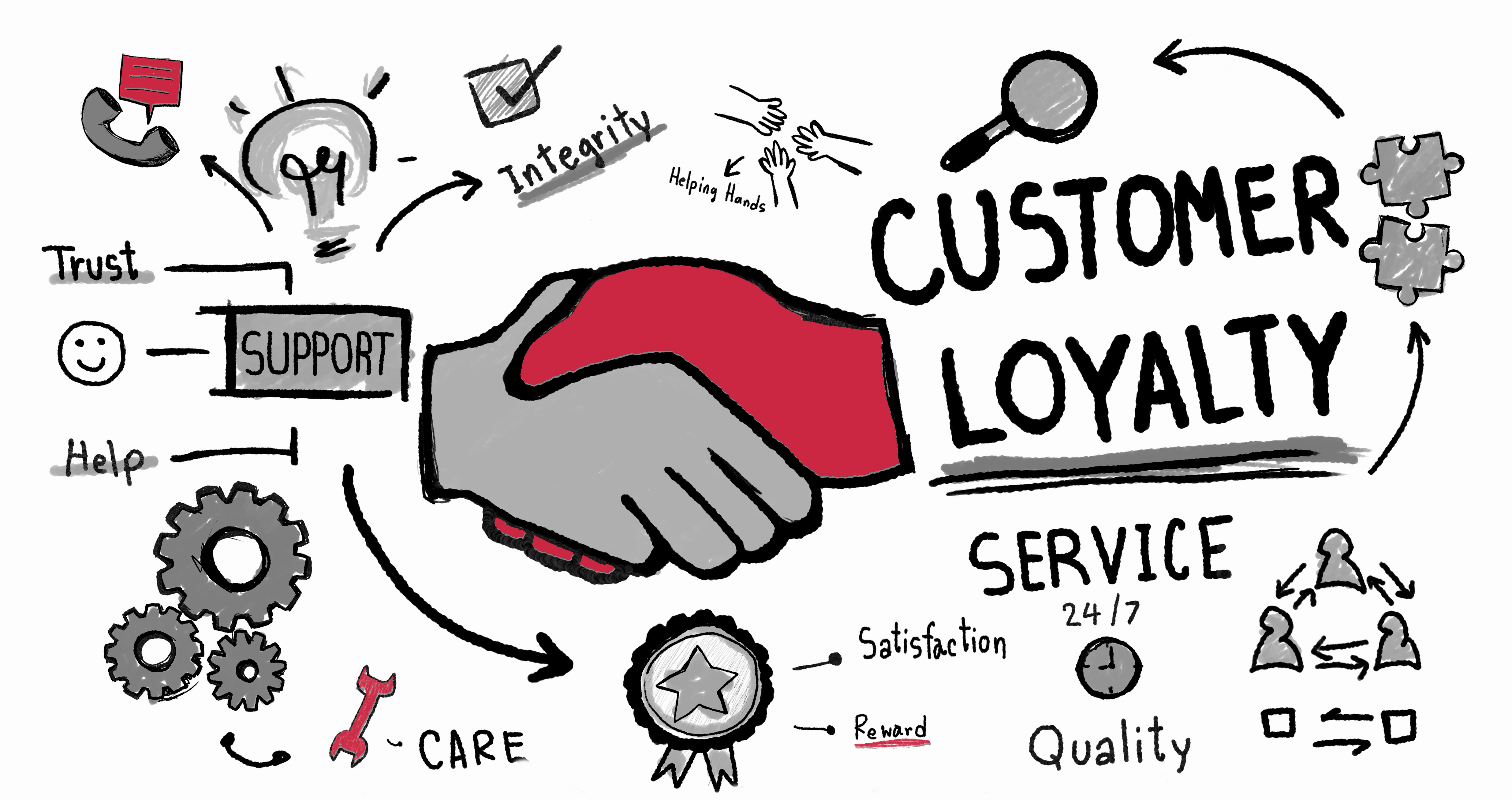By Thomas Davis, CRNA, MAE, Lt. Col. (ret)
A really great boss is respectful, complimentary and kind, making each individual feel valued for what he or she brings to the team.
Loyalty to the company starts with loyalty to the boss. The elements of a preferred workplace include “an environment where employees look forward to spending their time and energy in exchange for the rewards that come with the job.” If you build the preferred environment by incorporating the following Behaviors of a Great Boss into your leadership style, you will inspire and connect with your team. They will respond by collaborating as colleagues and developing an enhanced sense of loyalty to you and the organization.
- A great boss exudes personal character. The best leader bases decisions and interactions on honesty, integrity and fairness. The leader sets the example for conducting business within the team and trust develops as team members imitate the values they see in their leader. In a preferred workplace, strength of character creates a sense that colleagues cover each other’s back.
- A great boss takes pleasure in helping others. Effective leadership starts with a one on one connection with each team member and a sincere desire to support the professional development of the individual. Rather than criticizing shortcomings, a great boss will find creative ways to leverage strengths while improving the person’s weaknesses. In a preferred workplace, everyone correctly senses that the boss cares about them and their needs.
- A great boss gives recognition to team members for their ideas. Instead of hijacking the process and stealing credit for a job well done, a great boss will give full credit to the creative individual and take satisfaction from the team victory. Trust is enhanced when team members collaborate with the boss rather than competing for recognition.
- A great boss clearly defines goals and expectations. As noted in Meeting Expectations, posted on ProSynEx.com, 3/19/2018, in a preferred workplace each individual knows the expectations of the job as well as the rewards that accompany completion of a job. In the most inspired environments, the leader outlines the goal, provides resources and then lets the creativity of the team kick in to complete the project.
- A great boss aligns team activity with company values. Inspired teams must have a reason to exist and using the corporate core values to achieve the mission and vision gives the team a sense of purpose. When in alignment, team members sense a greater purpose for their work beyond the task at hand.
- A great boss freely gives positive feedback. “Someone at work cares about my progress,” is tied to employee engagement and satisfaction within the workplace. Creative leaders not only seek original solutions to problems, they find unique ways to recognize and reward individuals for their work. From handwritten notes to public recognition, rewards are personal, simple and effective feedback.
- A great boss is comfortable hiring smart and talented people. Instead of needing to be the expert, effective leaders hire people who are smarter than they are or people who complement their own skills and expertise, and then work together as thinking partners to leverage the talent of the expert to elevate the entire team. Leaders who “hire down” in an attempt to protect their egos stifle the professional growth of the team.
- A great boss encourages open and two-way communication. Workers who can openly share and receive information from a boss without fear of repercussion develop a sense of safety that allows them to take creative risks when addressing challenges. In addition, relaxed discussion opens the door for a leader to know team members as individuals and creates a bond that often leads to two-way loyalty.
- A great boss is optimistic. A leader’s confidence that “our team can solve a problem” is contagious and inspires workers to step up knowing that they have the full support of the leader. Focus on the desired outcome, the resources that are available, and the people who are available to assist your team. Running toward success is much more effective than running away from failure.
- A great boss has a sense of humor. Lighten up and laugh. Listen to the stories that your team members tell and look for the humor in everyday occurrences. Within limits, find ways to make the workplace fun by sharing appropriate jokes, planting silly surprises for team members to discover or planning outings that include families and friends. Be creative and enjoy one another and make each other smile.
It’s human nature to be attracted to a vibrant workplace and it’s human experience that makes you want to stay. Be a leader who practices great-boss behaviors to energize engagement and galvanize job loyalty. Everyone wants to work in an exceptional environment on an award-winning team inspired by a great leader. Great bosses lead to loyalty.
Special thanks to my wife and editor, Liz Sanner Davis.
Thomas Davis is a noted leader, educator, speaker and clinical anesthetist.
Build a preferred workplace. Join Tom and a group of healthcare leaders for the values-based leadership webinar. Click here for information.

















